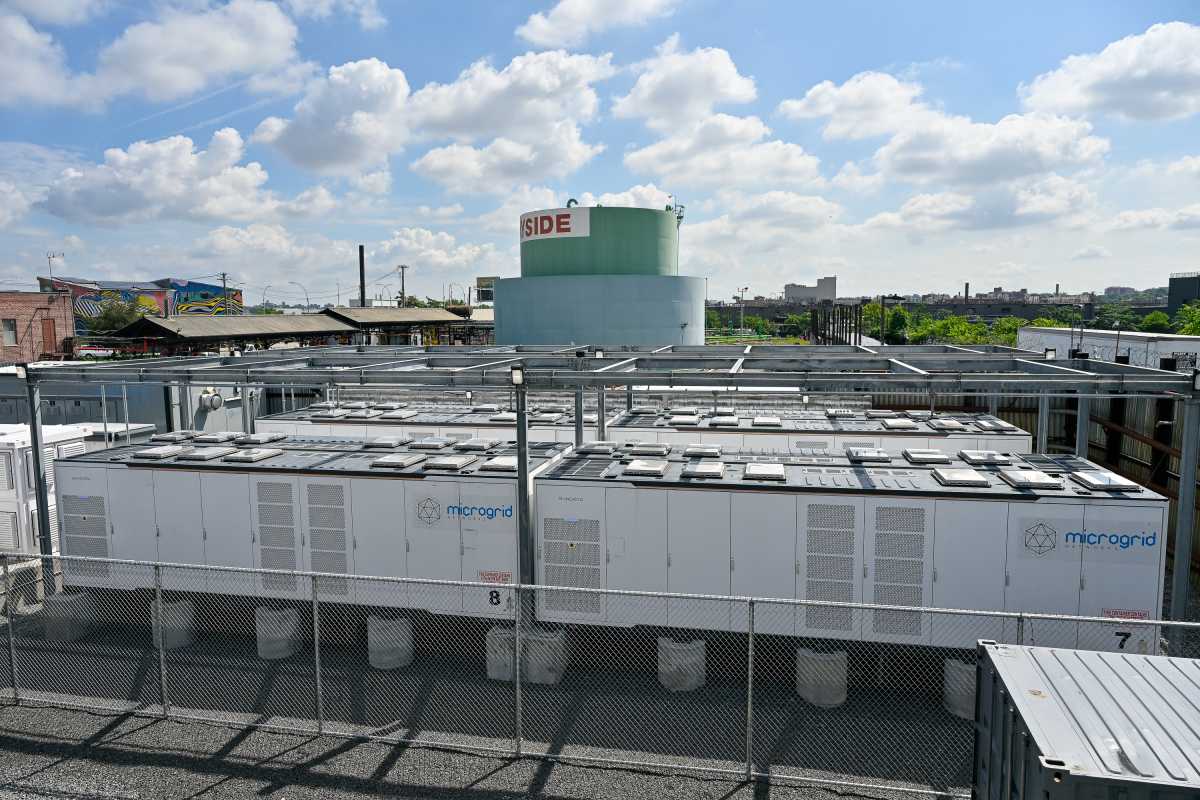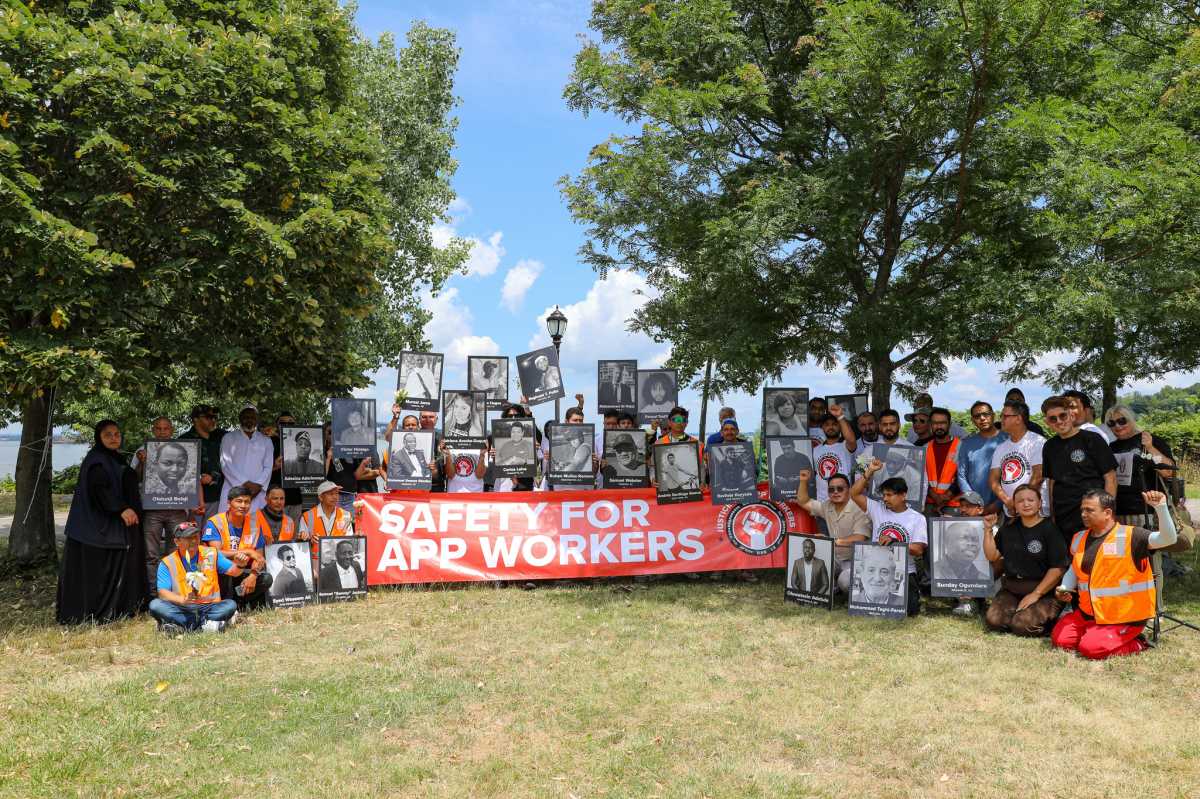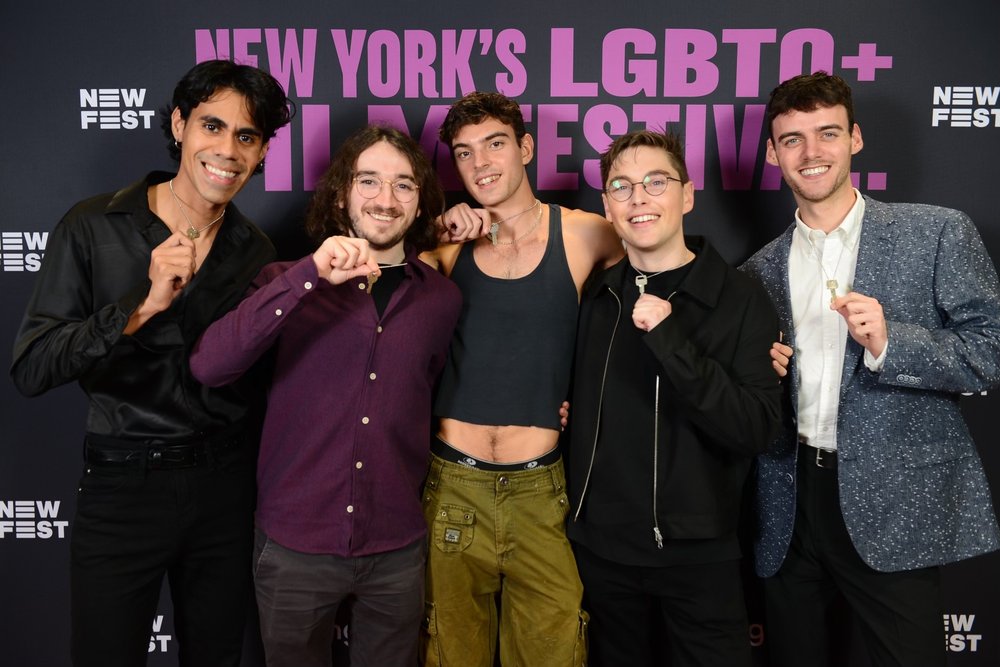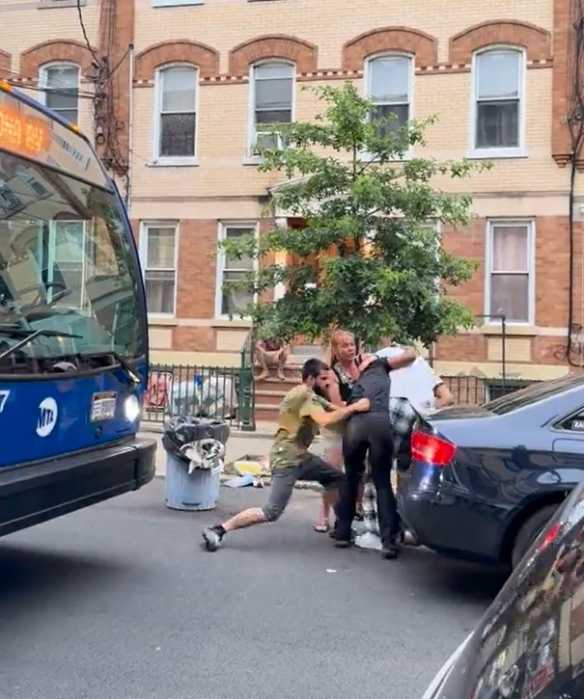By Juda S. Engelmayer
Growing up on the Lower East Side was, for me, a mixed blessing. Sure, I had the benefit of growing up in the city, but I also grew up in a neighborhood in transition but uncertain of where it was heading. At times, I had to deal with neighborhood taunts and jibes by Uptown and suburban schoolmates. Now it is the turn of my children to grow up here. Despite the trials and tribulations of the neighborhood, the Lower East Side is where I consciously chose to raise them. I love this neighborhood. I am passionate about it and for it. I am committed to its future. What that future looks like, however, remains to be seen.
Jewish communities need a few basic amenities to sustain and grow. These include access to kosher food, a ritual bath (mikvah), religious schools, housing and synagogues to pray in and identify with. In its heyday, the Lower East Side had these and much more, as well. It was not just another Jewish community; it was a center of Jewish life, learning and culture like few others before or since.
For a variety of reasons, all that began to change in the 1970s and 1980s, as an exodus took place. As evermore Jews left the area, the myriad businesses and institutions that provided for their needs found ever fewer reasons to stay.
Housing was a major issue that cut across economic lines. Even back in the early ’80s, as families grew, more living quarters were needed. Those unable to obtain larger apartments were obliged to move to suburban areas. As Grand St. apartments became more valuable in the ’90s, many, just waiting for that financial boost, sold their homes as a down payment on a new life elsewhere. Many of the Orthodox Jews who moved out were the young families.
That this trend could doom the neighborhood was evident to all, but even as the Orthodox demographics changed, the leadership seemed unable to respond. Gone were many of the synagogues. More important, gone were the schools. The day school and high school my father attended were long gone. The school I attended until sixth grade is a shadow of its former self.
The result was an older and aging generation of right-leaning Orthodoxy. Yet, the conditions needed to sustain this Jewish neighborhood had not changed, and still, the necessities were dissipating. For a while, the Lower East Side became the place where the less affluent lived, and those who were able, chose other yeshivas and day schools outside of the neighborhood.
There is one thing — one simple thing — that has the power to turn things around; one thing that would attract the young modern Orthodox families back to the Lower East Side and bring about a renaissance.
It is something called an eruv.
An eruv is a legal device that in effect turns a public domain into a private one for the purposes of permitting carrying on the Sabbath, one of the 39 melachot (main activities) prohibited on the Sabbath. As the women’s movement took the stage in the ’60s, the need for an eruv became evident to modern Orthodox Jews, especially women with babies, who were traditionally confined to their homes on Sabbath while the men went to pray. For a new modern Orthodox community to grow, an eruv would now be key. Eruv is seen not only as a means of helping women leave their homes on the Sabbath, but also as a way of fostering a community by making it easier for families to invite others to their homes for a Shabbat meal or get-togethers.
Once upon a time, Rabbi Yehoshua Seigal authorized an eruv on the Lower East Side using the seawalls surrounding Manhattan and the Third Ave. El. When the El was decommissioned, however, so was the Lower East Side eruv. A new one was needed. The late Rabbi Moshe Feinstein, world renowned for his legal knowledge and considered the de facto rabbinic authority for Orthodox Jews in North America, also a Lower East Side resident, in 1962 issued a rabbinic edict prohibiting the creation of an eruv in Manhattan.
As Rabbi Feinstein read Jewish law, it was impossible to construct an eruv in Manhattan that would meet the legal requirements. In his response, Rabbi Igros Moshe wrote that he had moved against the eruv because rabbinic giant Rav Aharon Kotler and other members of Agudas HaRabbonim — an Orthodox organization working to promote “authentic Judaism” — had acted against establishing an eruv in Manhattan. Yet, in his prohibition, Rav Moshe omitted an Aguda phrase stating that, “Those who rely on the eruv in Manhattan are considered a mechalel Shabbos [violators of Sabbath].” Hence, no eruv, nor a real public discussion on it, has materialized since then. An interesting note is that Rav Moshe stated that rabbis may only enact an edict for their particular locale and, even then, only for a short period of time. This suggests that the 1962 prohibition was not permanent.
Back then, Rabbi Norman Lamm of the West Side Jewish Center, the head of Yeshiva University for 25 years, along with other prominent modern Orthodox leaders, challenged the Aguda based on their understanding of the law. Using the Manhattan seawalls and newly erected boundaries in areas where the walls were deficient, they declared a kosher eruv around Manhattan. Upper West and Upper East Side congregations began holding to this new eruv, and those communities flourished for Jewry. In June 2006, the Manhattan eruv became invalid. Now, individual eruvin surround the neighborhoods with the Jewish populations.
As the tides change, so do trends, and the Lower East Side has reversed its adverse image of legend. Buyers now pay a lot of money to move in, but few Orthodox Jews are returning. Lack of an eruv and other amenities are the reasons. Young families are flocking to the East and West Sides. Uptown Jewish day schools and even the yeshivas are bustling and growing. Baby boomers with empty nests are selling their suburban homes and returning to the city. Although Lower East Side real estate is still less expensive than the Uptown neighborhoods, the Orthodox are choosing those other neighborhoods — not our rentals, co-ops or newly constructed buildings — because the amenities are just not here.
The sincere opposition to the eruv relies on the past and its deep respect for the traditions and memory of Rav Moshe — both honorable and admirable. The challenge to those among them who believe, as I do, that the neighborhood is not what it once was, is to do what other communities that do not have eruvin do: Create an atmosphere where all other institutions and amenities of Orthodoxy can flourish, similar to Williamsburg or Crown Heights, so that like-minded Jews would choose the Lower East Side to raise their families.
While waiting for that to happen, the community could thrive again. It could construct an eruv and instantly begin to attract younger families again. An eruv would be the catalyst, the big bang that would generate the life needed to sustain a new growth of Orthodox Jews.
Perhaps it is time to live and let live on the Lower East Side. Let those who would use an eruv, use it, while those who would not can continue to act as though it does not exist. Smile at your neighbor carrying his or her child and wish him or her “Shabbat Shalom,” and rejoice with the opening of every new synagogue, school and store as the Lower East Side Orthodox community returns.
As it is, a new Manhattan eruv is being constructed that will stop just north of Houston St. because of Rav Moshe’s objections. It is no great matter to extend it to include the Lower East Side.
Engelmayer is a lifelong Lower East Side resident and an owner of Kossar’s Bialys on Grand St. Currently chief communications officer for the American Jewish Congress, he was a member of Community Board 3 and served for 13 years on the board of directors of Seward Park Housing Corporation.







































